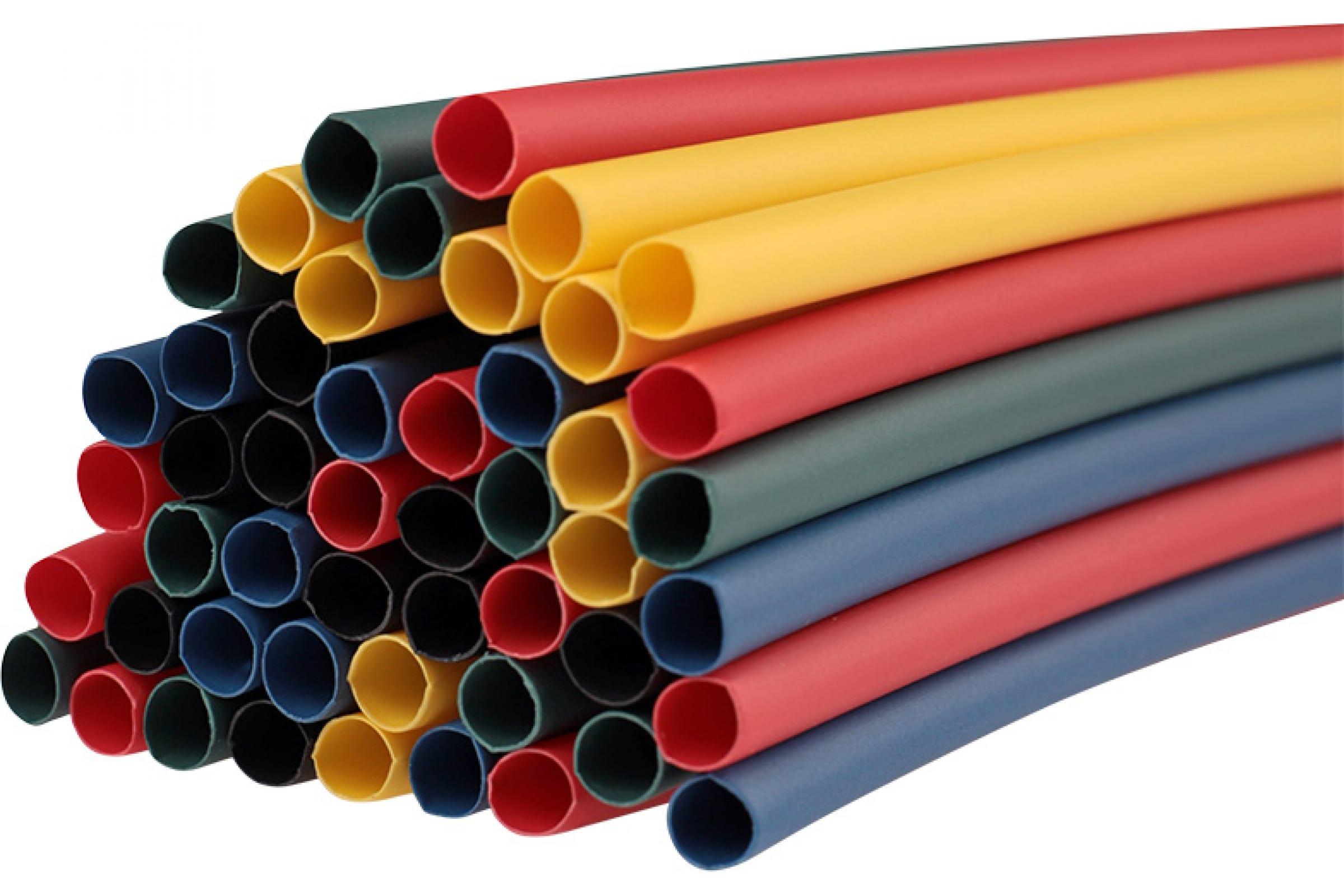Cross-Linked Polyethylene Market Growth Driven by Infrastructure Expansion and Smart Energy System Adoption

Cross-linked polyethylene market it is a type of polyethylene plastic that has undergone a chemical or physical process known as cross-linking, where polymer chains are interconnected to enhance thermal, mechanical, and chemical properties. This transformation makes the material more robust, flexible, and resistant to cracking under pressure or extreme temperatures. Depending on the cross-linking method used, PEX is categorized into three primary types:
-
PEX-a (Peroxide method): Offers the highest degree of cross-linking and is known for its superior flexibility and shape memory.
-
PEX-b (Silane method): The most common type due to lower manufacturing costs, offering a balanced mix of performance and affordability.
-
PEX-c (Irradiation method): Involves high-energy electron beams and provides uniform cross-linking, although it's less commonly used.
Market Drivers
One of the strongest drivers of the PEX market is the construction and infrastructure sector, particularly in residential and commercial plumbing systems. PEX pipes are increasingly replacing traditional copper pipes due to their cost-effectiveness, ease of installation, and resistance to corrosion and scale buildup. This is particularly relevant in regions facing aging infrastructure challenges or water quality issues.
The renewable energy sector also contributes to PEX demand, especially in underfloor heating systems, solar water heaters, and geothermal heating applications. PEX’s ability to withstand temperature variations makes it ideal for these systems.
Additionally, urbanization in emerging economies such as India, Brazil, and Southeast Asian nations is leading to a surge in infrastructure development and, in turn, higher consumption of PEX pipes and fittings.
The automotive industry represents another growth avenue. With increasing demand for lightweight and durable materials, PEX is used in fuel lines, wire insulation, and hydraulic tubing. Its resistance to vibration and environmental stress makes it particularly suitable for automotive applications.
Market Challenges
Despite its advantages, the PEX market faces several challenges. One major concern is the environmental impact of PEX manufacturing and disposal. Since it cannot be recycled as easily as traditional thermoplastics due to its cross-linked structure, end-of-life management is a persistent issue. Regulatory pressures for sustainable practices may affect market dynamics in the future.
Another challenge lies in competition from alternative materials, such as copper and PVC, especially in price-sensitive markets. While PEX offers better performance in many cases, initial costs and compatibility with existing systems can influence material choice.
Regional Analysis
North America and Europe are the leading markets for PEX, driven by well-established infrastructure, high adoption of energy-efficient technologies, and stringent building codes. In the United States, PEX is widely used in plumbing and radiant heating systems due to its resistance to freezing and cracking.
The Asia-Pacific region is expected to witness the fastest growth during the forecast period. Rapid urbanization, infrastructure development, and rising middle-class income levels are boosting demand for modern plumbing and heating systems in countries like China, India, and Indonesia.
The Middle East and Africa are also seeing a steady rise in PEX adoption due to investments in infrastructure and increasing water management projects in arid regions.
Competitive Landscape
The PEX market is moderately consolidated with several key players holding significant market shares. These include major chemical and plastic manufacturers who engage in both upstream production of raw materials and downstream applications. Strategies such as mergers, acquisitions, product innovations, and strategic partnerships are common as companies aim to expand their global footprint and enhance technological capabilities.
Continuous research and development are also underway to improve recyclability and environmental performance, addressing sustainability concerns and future regulatory standards.
Future Outlook
The future of the cross-linked polyethylene market appears promising, supported by the global emphasis on sustainability, energy efficiency, and resilient infrastructure. Innovations in production technologies, such as eco-friendly cross-linking methods and improved recyclability, could unlock new growth opportunities.
As governments and private sectors invest in upgrading water distribution systems, modernizing housing infrastructure, and adopting smart energy solutions, PEX is well-positioned to meet these evolving demands. With growing awareness and technological advancement, the material’s application scope is expected to diversify further, solidifying its place in the global materials market.
- Art
- Causes
- Crafts
- Dance
- Drinks
- Film
- Fitness
- Food
- الألعاب
- Gardening
- Health
- الرئيسية
- Literature
- Music
- Networking
- أخرى
- Party
- Religion
- Shopping
- Sports
- Theater
- Wellness


